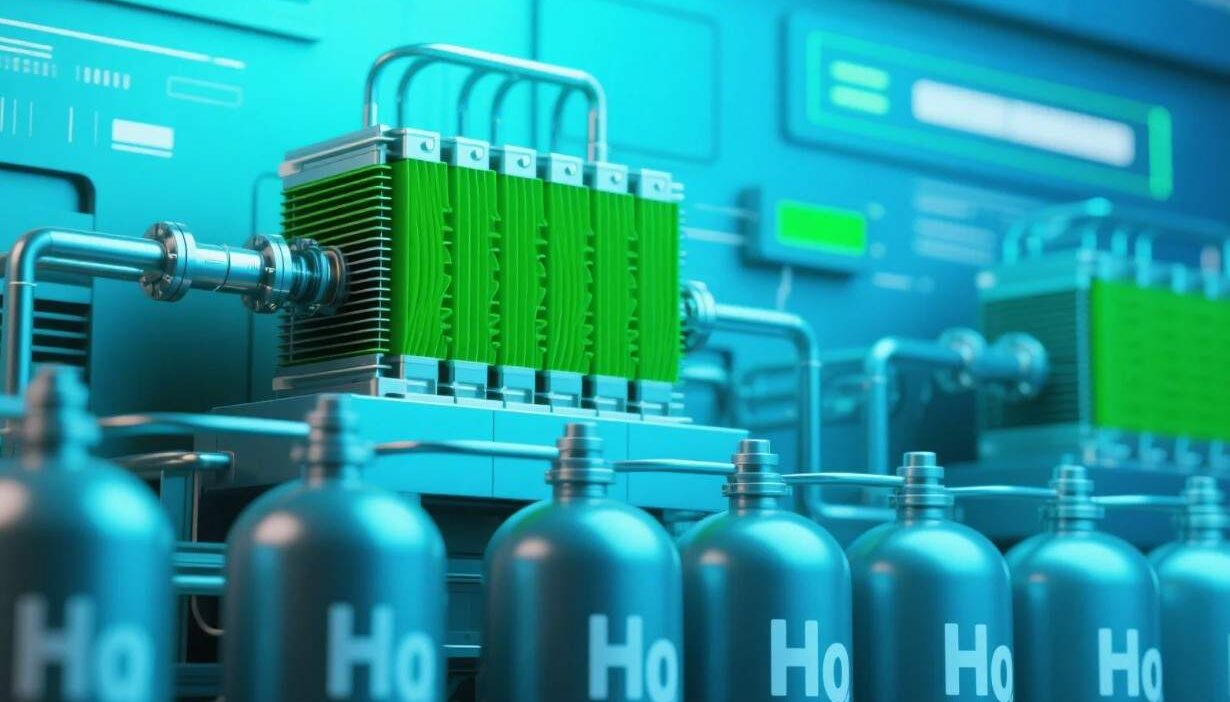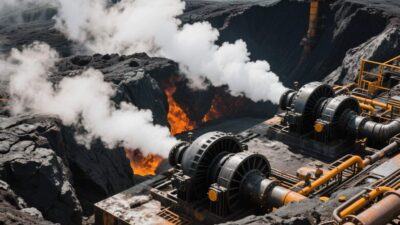How Offshore Wind and Electrolysis Could Power the Future
The World’s Dirtiest Fuels Are About to Get a Clean Makeover
For decades, industries like shipping, aviation, and heavy manufacturing have relied on fossil fuels—coal, oil, and natural gas—because they were cheap and energy-dense. But with climate change accelerating, the race is on to find a cleaner alternative. Enter green hydrogen—a zero-emission fuel produced using renewable energy, poised to transform the global energy landscape.
What Is Green Hydrogen?
Hydrogen is the most abundant element in the universe, but it doesn’t exist naturally in pure form. Today, most hydrogen is “gray”—produced from natural gas, emitting CO₂ in the process. Green hydrogen, however, is made by splitting water into hydrogen and oxygen using electrolysis, powered entirely by renewable energy—primarily offshore wind.
The Perfect Pair: Offshore Wind + Electrolysis
Offshore wind farms are ideal for green hydrogen production because:
They generate massive, consistent clean energy—far more than onshore turbines.
They’re often located far from populated areas, making them perfect for large-scale electrolysis plants.
They can directly power electrolyzers, reducing energy loss from transmission.
By 2030, Europe alone plans to install 40 GW of offshore wind for green hydrogen, with projects like HyDeal Ambition aiming to supply 1 million tons of green hydrogen annually by 2030.
Replacing Fossil Fuels in Hard-to-Abate Sectors
Green hydrogen isn’t just a dream—it’s already being tested in:
🔹 Shipping – Hydrogen-powered fuel cells could replace heavy fuel oil in cargo ships.
🔹 Aviation – Synthetic kerosene made from green hydrogen is being tested by Airbus and Boeing.
🔹 Steel & Cement – Hydrogen can replace coal in high-heat industrial processes.
Germany’s H2Global program and Japan’s Green Growth Strategy are investing billions to scale up these technologies.
Challenges Ahead: Cost, Infrastructure, and Storage
While promising, green hydrogen faces hurdles:
⚠ High production costs – Currently 2-3x more expensive than gray hydrogen (but prices are dropping fast).
⚠ Lack of pipelines & storage – Unlike oil, hydrogen must be compressed or liquefied, requiring new infrastructure.
⚠ Efficiency concerns – Electrolysis is energy-intensive, but renewable power is now cheap enough to make it viable.
The Future: A Hydrogen Economy by 2050?
The EU, U.S., and China are all betting big on green hydrogen:
- The EU’s Hydrogen Strategy aims for 10 million tons of domestic production by 2030.
- The U.S. Inflation Reduction Act offers tax credits for clean hydrogen producers.
- China is building the world’s largest green hydrogen plant in Inner Mongolia.
If these efforts succeed, green hydrogen could supply 10-20% of global energy by 2050, slashing emissions in the hardest-to-decarbonize sectors.
Final Thought: The Wind-Powered Future Is Coming
Green hydrogen won’t replace batteries or solar panels—it will complement them, providing clean fuel for industries that can’t run on electricity alone. With offshore wind costs plummeting and electrolysis tech improving, the hydrogen economy is no longer science fiction. It’s a multi-trillion-dollar opportunity waiting to happen.
Want to invest in the green hydrogen boom? Companies like Siemens Energy, Ørsted, and Plug Power are leading the charge.
Would you like a deeper dive into any specific sector (e.g., hydrogen planes, steel production)? Let me know below.



